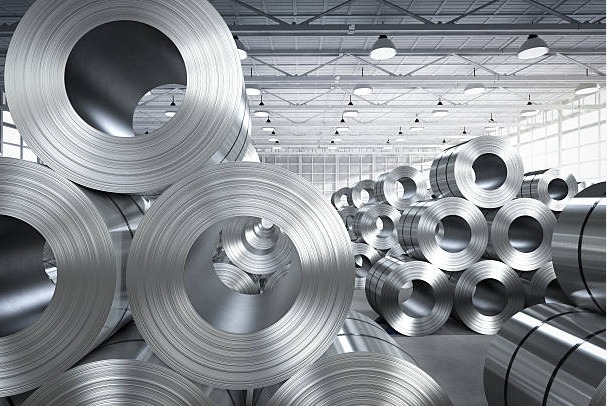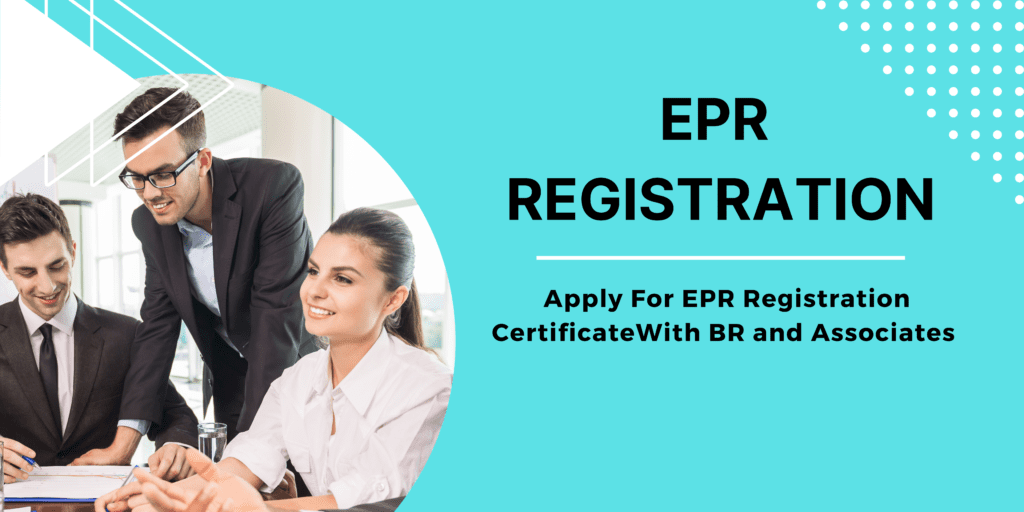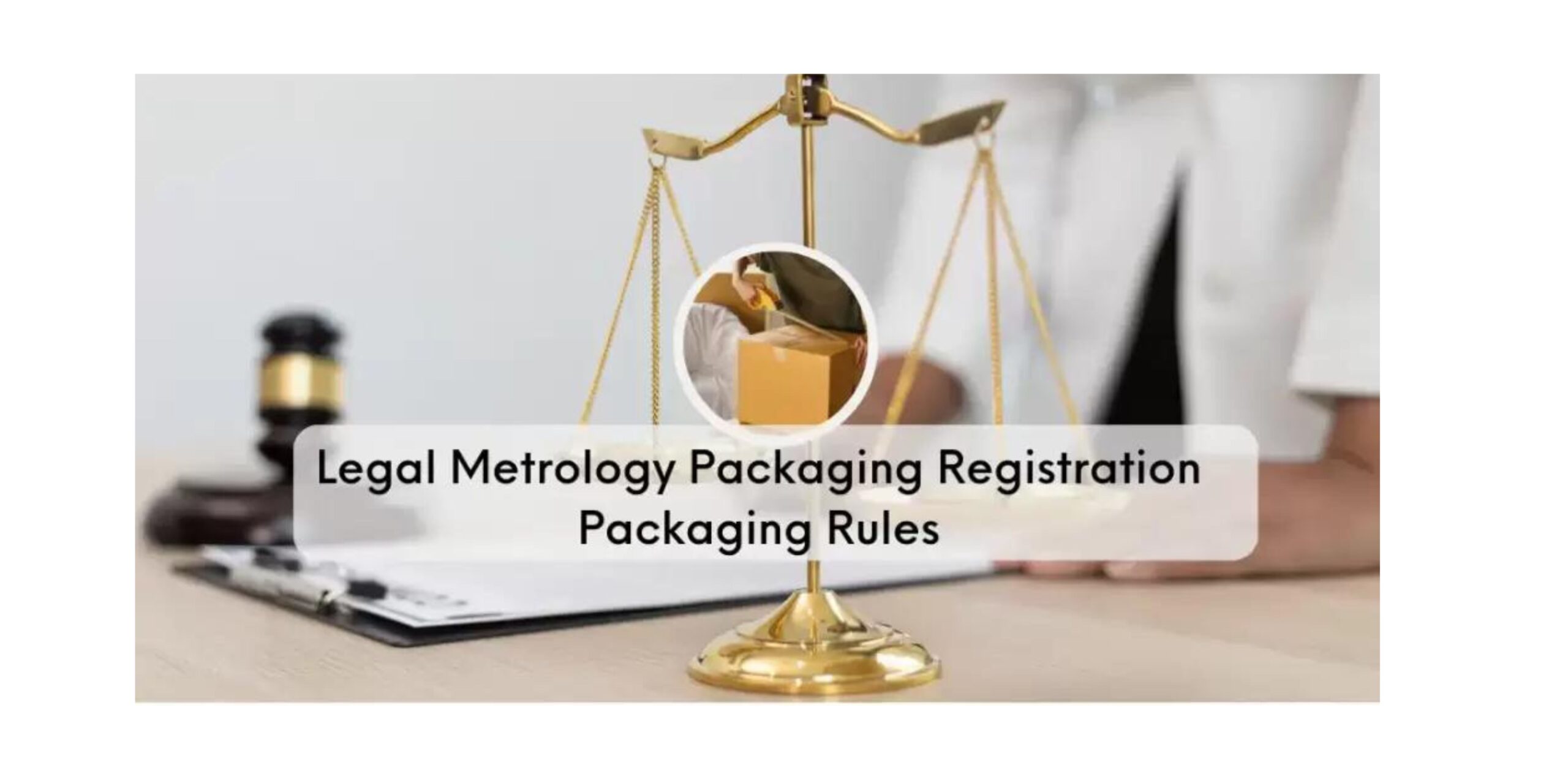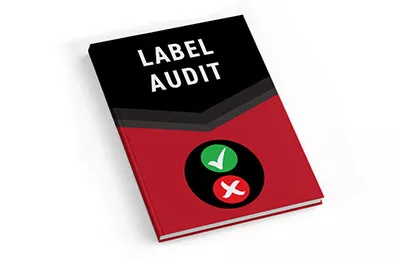
EPR Authorization and Registration Process
The concept of Extended Producer Responsibility (EPR) has significantly enhanced environmental management measures to ensure proper handling and disposal of various kinds of waste. It guarantees the appropriate collection and recycling of diverse waste types in an environmentally sustainable manner. In this blog, we’ll delve into the EPR registration process.
The term ‘EPR’ can sometimes perplex individuals seeking registration, particularly due to the various categories available for different kinds of waste such as plastic packaging, batteries, e-waste, used oil, and tyres. Hence, stakeholders must first ascertain the specific EPR registration they require. Despite all EPR registrations being issued by the Central Pollution Control Board (CPCB), this similarity can cause confusion. Notably, the CPCB has a separate portal for each type of EPR registration.

Here’s the EPR registration process for plastic packaging:
- Visit eprplastic.cpcb.gov.in.
- Create your login ID by entering basic details.
- After creating the login ID, gather the required documents.
- Determine the total plastic packaging waste.
- Fill in the necessary information.
- Attach the required documents.
- Pay the prescribed government fee.
- Make a declaration and submit your application.
If your application meets the criteria, CPCB will approve it. However, any errors in the application will prompt queries. The applicant must respond within 7 days of receiving the query; failure to do so will result in rejection, and the application fee will be forfeited.
Previously, registration certificates were valid for one year. However, an amendment to the rule now states that the issued certificate remains valid for the entity’s lifetime unless amended or canceled.



